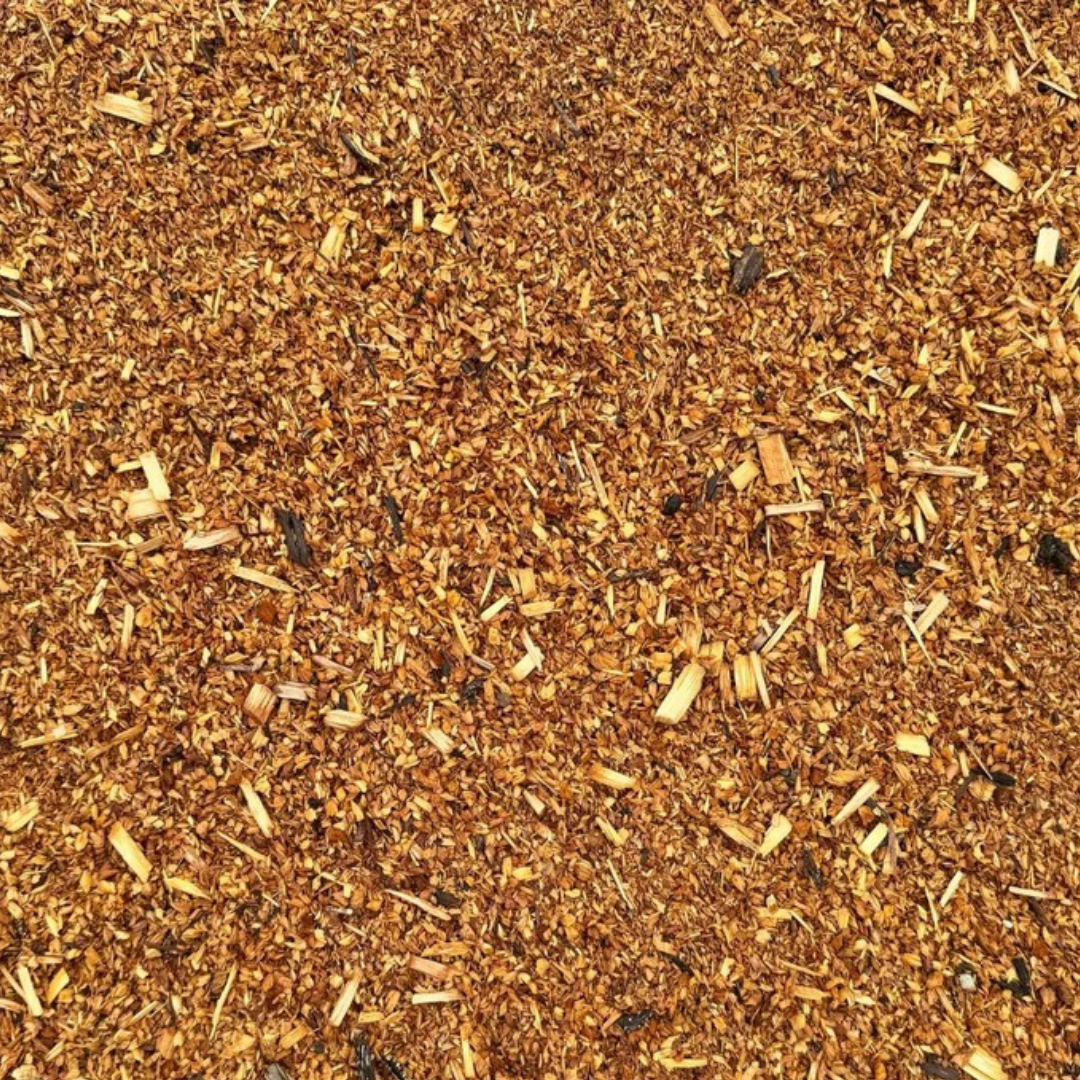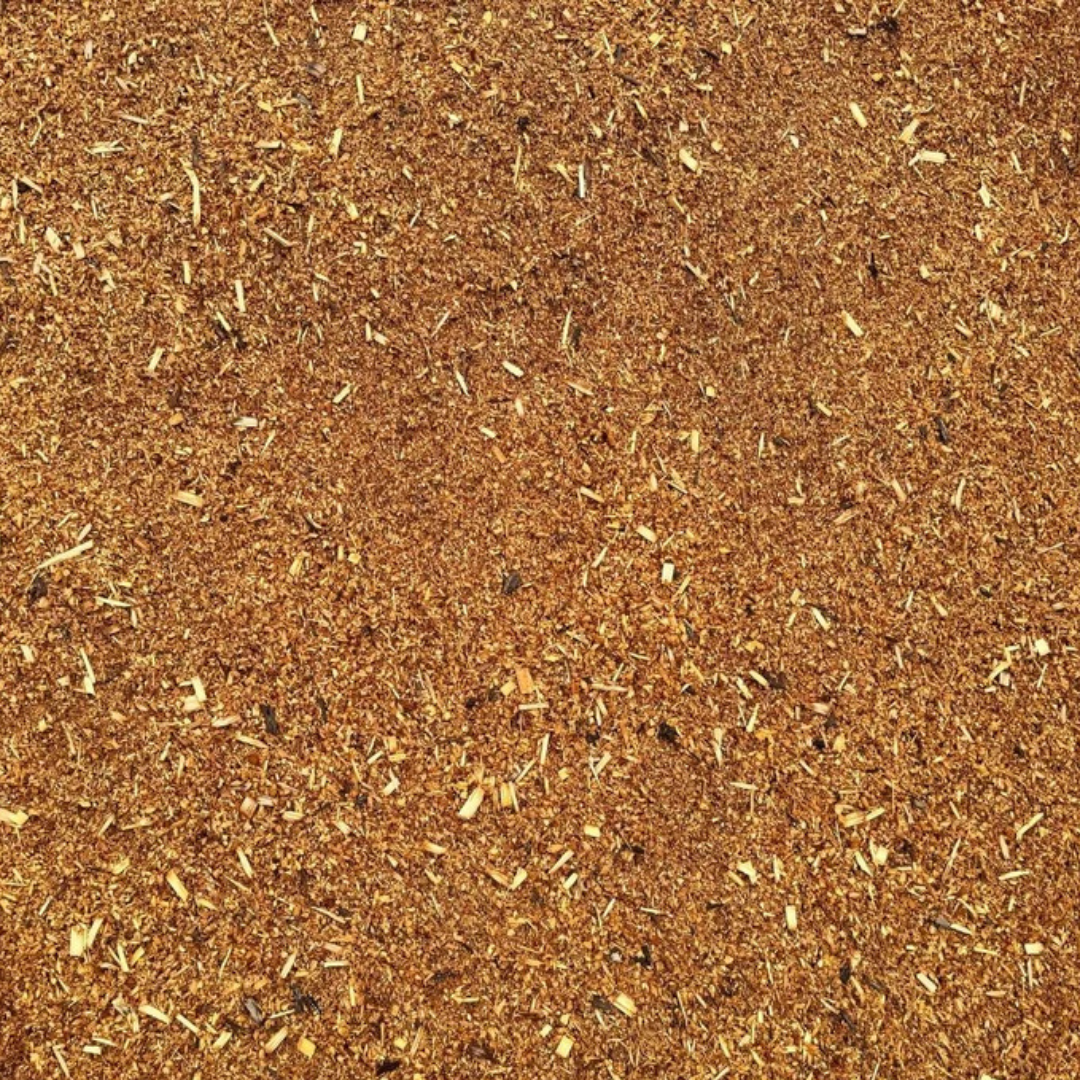0
Saw Dust
Saw Dust
Couldn't load pickup availability
Sawdust: Versatile, Sustainable, and Cost-Effective
Special Note
Buy this product online and receive a trade discount – limited time only!
What It Is
Sawdust is a versatile byproduct of woodworking, offering a wide range of applications for gardeners, farmers, and landscapers. While it requires careful use to avoid potential drawbacks, when managed properly, it can be an affordable and eco-friendly addition to your garden or farm.
What It’s Made Of
Sawdust is finely ground wood waste, typically collected during wood processing. Its high carbon content makes it ideal for certain uses but requires balance with nitrogen-rich materials for effective soil application.
What It’s For
Sawdust serves a variety of purposes in gardening and farming, including:
- Mulching: Effective at moisture retention and weed suppression when combined with nitrogen-rich materials.
- Soil Amendment: Slowly decomposes to improve soil texture and organic matter, especially in clay or heavy soils.
- Seed Broadcasting: Acts as a filler for tiny seeds, ensuring proper spacing during planting.
- Erosion Control: Prevents soil erosion when spread on walkways, cracks, or between stepping stones.
- Slug Repellent: Helps deter slugs from attacking leafy vegetables.
- Growing Medium: Ideal for cultivating mushrooms due to its compatibility with non-chlorophyll plants.
- Root Storage: Maintains moisture levels to store root vegetables like carrots, turnips, and ginger.
Features and Benefits
- Cost-Effective: Often sourced for free or at a low cost from sawmills or woodworking shops.
- Eco-Friendly: Reuses waste material, reducing environmental impact.
- Moisture Retention: Conserves water when used as mulch.
- Weed Suppression: Creates a barrier to reduce weed growth.
- Improves Soil Health: Decomposed sawdust enriches soil with organic matter.
- Versatility: Suitable for a wide range of gardening and farming applications.
Important Considerations
- Nitrogen Deficiency: High carbon content in sawdust can deplete nitrogen from soil during decomposition. Always balance with nitrogen-rich materials like blood meal or poultry manure when using as mulch.
- Source Matters: Avoid sawdust from treated or toxic wood, such as black walnut, which can harm plants.
- Slow Decomposition: Sawdust takes time to break down, making it more suitable for long-term soil improvement.
How to Use It
- Mulch: Spread sawdust in a 50:50 mix with a nitrogen-rich material for optimal results.
- Seed Broadcasting: Mix sawdust with small seeds before sowing to ensure even distribution.
- Pathways and Erosion Control: Apply a thick layer of sawdust on walkways or sloped areas to prevent soil displacement.
Delivery and Pickup Options
Sawdust is typically available at woodworking shops, sawmills, or landscaping suppliers. For convenience, inquire about bulk delivery options for large-scale projects.
Transform Your Garden or Farm with Sawdust
Sawdust is more than just waste; it’s a resourceful tool for improving soil health, controlling weeds, and adding value to your garden or farm. With proper use, it can be an affordable and sustainable choice for your agricultural needs. Explore its potential today!
Share





